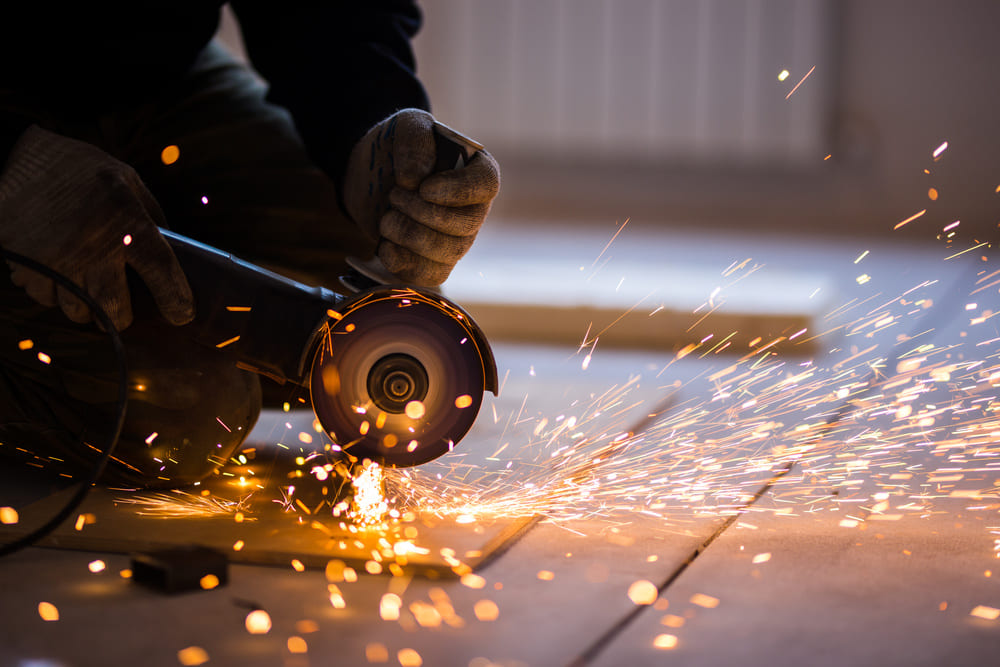Your average DIY homeowner might know the difference between a circular saw and a reciprocating saw. But that’s about it. In a pro setting, you talk more about cutting tools than saws. That’s because you know there is more to it than the old Craftsman hand saw your father taught you to cut with.
So, how well do you know the world of cutting tools? Is your knowledge limited only to the tools you use, or would you consider yourself a genuine cutting tool connoisseur?
Cutting Tools Defined
There is a reason we do not spend a lot of time talking about saws: they are only one type of cutting tool. The cutting tool is defined as any type of wedge-shaped tool with sharp edges designed to continually remove layers of material to achieve the desired change in surface.
Some cutting tools are designed to split a work surface into two pieces. Others are designed to simply change the shape of the surface while leaving it mostly intact. Everything from saws to mills and fly cutters to shapers are considered cutting tools.
3 Cutting Tool Classifications
Whether you are looking at tile, metal, or even angle grinder blades, the first consideration for cutting tools is their classification. Our industry generally recognizes three such classifications:
- Single Point – A single cutting surface; generally used for activities like turning and shaping.
- Double Point – Dual cutting surfaces capable of both cutting and shearing. Twice the cutting surfaces offer a few more options in terms of applications.
- Multi-Point – Multiple cutting edges that cut and sheer while channeling away debris created by the cutting process.
Within each of these classifications, there are different choices of materials. Your goal as a professional is to choose a material that is tougher than the surface you are attacking. Pairing the right blade with the right type of tool should lead to a job well done.
6 Cutting Materials
Cutting blades are designed for different applications depending on the hardness of the surface. Diamond blades are the toughest of the tough. They are meant for the hardest surfaces, especially when dimensional accuracy is non-negotiable.
Diamond blades are generally made with synthetic diamonds. When natural diamonds are used for diamond blades, the diamonds are every bit as strong as the ones used to create jewelry. They cannot be used in jewelry making because of some sort of visual imperfection.
Here are the other five cutting materials from softest to hardest:
- Carbon Steel – Ideal for low-speed applications where low abrasion resistance is desired. Carbon steel is not a good choice for high temperature applications because its melting point is quite low.
- High-Speed Steel – For applications requiring regular interruptions in the cutting process, high-speed steel works well. It has a much higher melting point than carbon steel, and it works well for machining operations.
- Cemented Carbide – Cemented carbide combines cobalt and titanium carbide with other materials to create a cutting surface with a melting temperature of nearly 1000 degrees.
- Ceramics – Ceramic cutting tools are made with silicon nitride and aluminum oxide. They are incredibly strong and capable of handling extremely high temperatures. They also don’t require coolant because their heat conductivity is minimal.
- Cubic Boron Nitride – This particular cutting material is second only to diamond blades in terms of hardness. It is ideal for abrasive applications.
There is even more about cutters and cutting materials we could discuss. However, we have given you enough to keep you busy. Needless to say, there is a lot to know about cutting tools, how they do what they do, and the best ways to use them.



